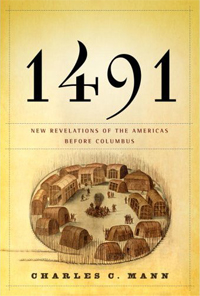[Warning: this review contains mild spoilers, but probably nothing you couldn't have figured out from the fact that it's a 1980s movie about werewolves. There are only so many ways it can turn out for anyone involved.]
The Howling is a good werewolf movie, but the script doesn't really stand up as well as the special effects do. Don't get me wrong though: the fact that the special effects are still creepy and disturbing even today, over thirty years later, shows just how groundbreaking they must have been in 1981. This was the first movie to feature werewolves transforming onscreen, in full view of the moviegoing public, without resorting to what amounts to stop-motion animation of hair being glued to an actor's face and hands. The viewer can, in special-effects designer Rob Bottin's words, "see the body really stretching, the nose breaking and twisting, the ribs starting to burst out."

Archive footage from the days before werewolves
were considered even remotely sexy
The Howling also deserves bonus points for being (the first?) movie to feature werewolves as something other than poor, tortured souls who spend a month or two guilt-tripping themselves over their monthly rampages until a loved one puts them down like a rabid dog. These werewolves are in full control of their transformations (which can happen at any time, including during full daylight), and they never ask anyone to chain them up for the night: in fact, they fully enjoy their condition (going so far as to call it not a condition, but "the Gift"), and they chafe at even the relatively minor restrictions they must undergo in order to avoid detection. As one grizzled old werewolf angrily proclaims, 'humans should be our prey [not our livestock]".
My real problem with The Howling is with the flailing ineptitude of the main female character, Karen White (played by Dee Wallace). For someone who seems so utterly incapable of defending herself, or even standing up for herself, it beggars belief that she would survive as long as she does, particularly when more self-possessed characters bite it before her. She spends the whole movie getting pushed around, threatened, herded, cajoled, frightened, stalked, attacked, and even backhanded at one point (to which her immediate reaction, rather than fighting back or getting angry or leaving, is to collapse on the bed and start crying). I get that it's draining to have to spend eight hours a day in a state of frightened agitation, but Dee Wallace doesn't even convince me that she's scared in a lot of scenes: sometimes, she just looks sad, or like she's having stomach cramps. Maybe if the director gave her something to do besides screaming and crying, his leading lady wouldn't have been so drained by the experience that she'd still have the energy to act.
Pictured: a woman in the grip of utter terror






+(2009)+pagecover.jpg)
